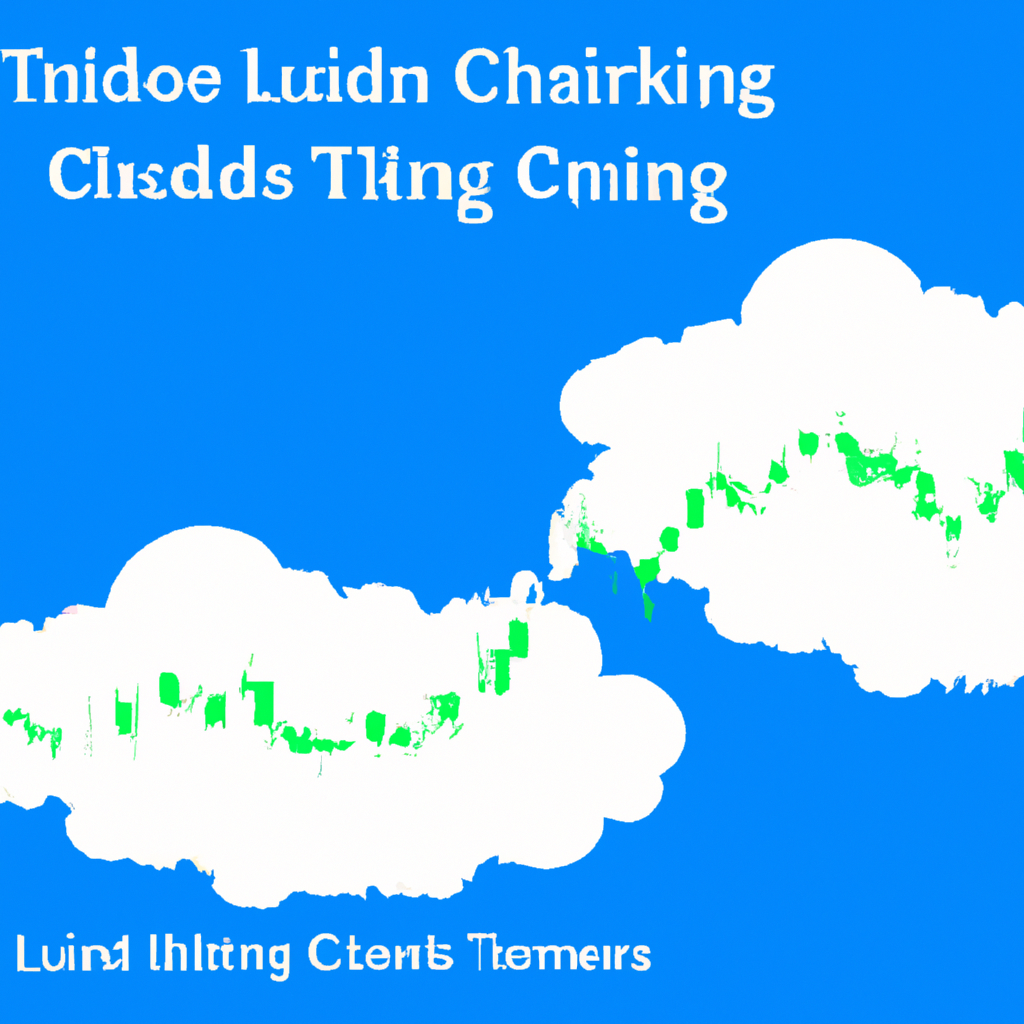Ichimoku Cloud Trading Signals: A Comprehensive Guide
Introduction
Ichimoku Cloud is a versatile technical analysis tool that provides traders with a comprehensive set of trading signals. Developed by Japanese journalist Goichi Hosoda in the late 1960s, the Ichimoku Cloud combines multiple indicators to offer a holistic view of market trends, support and resistance levels, as well as potential entry and exit points. In this article, we will explore the various trading signals generated by the Ichimoku Cloud and how they can be effectively utilized in your trading strategy.
Tenkan-sen and Kijun-sen Crossovers
The Tenkan-sen and Kijun-sen lines are two crucial components of the Ichimoku Cloud. The Tenkan-sen, also known as the Conversion Line, is calculated by averaging the highest high and lowest low over the past nine periods. The Kijun-sen, or the Base Line, is calculated similarly but considers a longer period of 26 periods. When the Tenkan-sen crosses above the Kijun-sen, it generates a bullish signal, indicating a potential buying opportunity. Conversely, when the Tenkan-sen crosses below the Kijun-sen, a bearish signal is generated, suggesting a potential selling opportunity.
Kumo Breakouts
The Kumo, or Cloud, is a central feature of the Ichimoku Cloud and represents an area of support or resistance. When the price breaks above the upper Cloud boundary, it generates a bullish signal, indicating a potential uptrend. On the other hand, if the price breaks below the lower Cloud boundary, a bearish signal is generated, suggesting a potential downtrend. Traders often wait for a confirmed breakout, where the price closes above or below the Cloud, before entering a trade.
Senkou Span Cross
The Senkou Span A and Senkou Span B lines form the Cloud boundaries. When the Senkou Span A crosses above the Senkou Span B, it generates a bullish signal, indicating a potential upward momentum. Conversely, when the Senkou Span A crosses below the Senkou Span B, a bearish signal is generated, suggesting a potential downward momentum. This crossover signal is often used as an additional confirmation for potential entry or exit points.
Chikou Span Confirmation
The Chikou Span, or Lagging Span, represents the current closing price plotted 26 periods behind. Traders often use the Chikou Span to confirm other signals generated by the Ichimoku Cloud. If the Chikou Span is above the price, it confirms a bullish signal, whereas if it is below the price, it confirms a bearish signal. This confirmation can help traders increase the reliability of their trading decisions.
Conclusion
The Ichimoku Cloud trading signals provide traders with a comprehensive and holistic approach to technical analysis. By combining multiple indicators and visual elements, the Ichimoku Cloud can help identify potential trends, support and resistance levels, as well as entry and exit points. However, it is important to note that no trading signal is foolproof, and it is always recommended to use additional analysis and risk management techniques in conjunction with the Ichimoku Cloud signals. With practice and experience, traders can harness the power of the Ichimoku Cloud to enhance their trading strategies and increase their chances of success in the markets.
